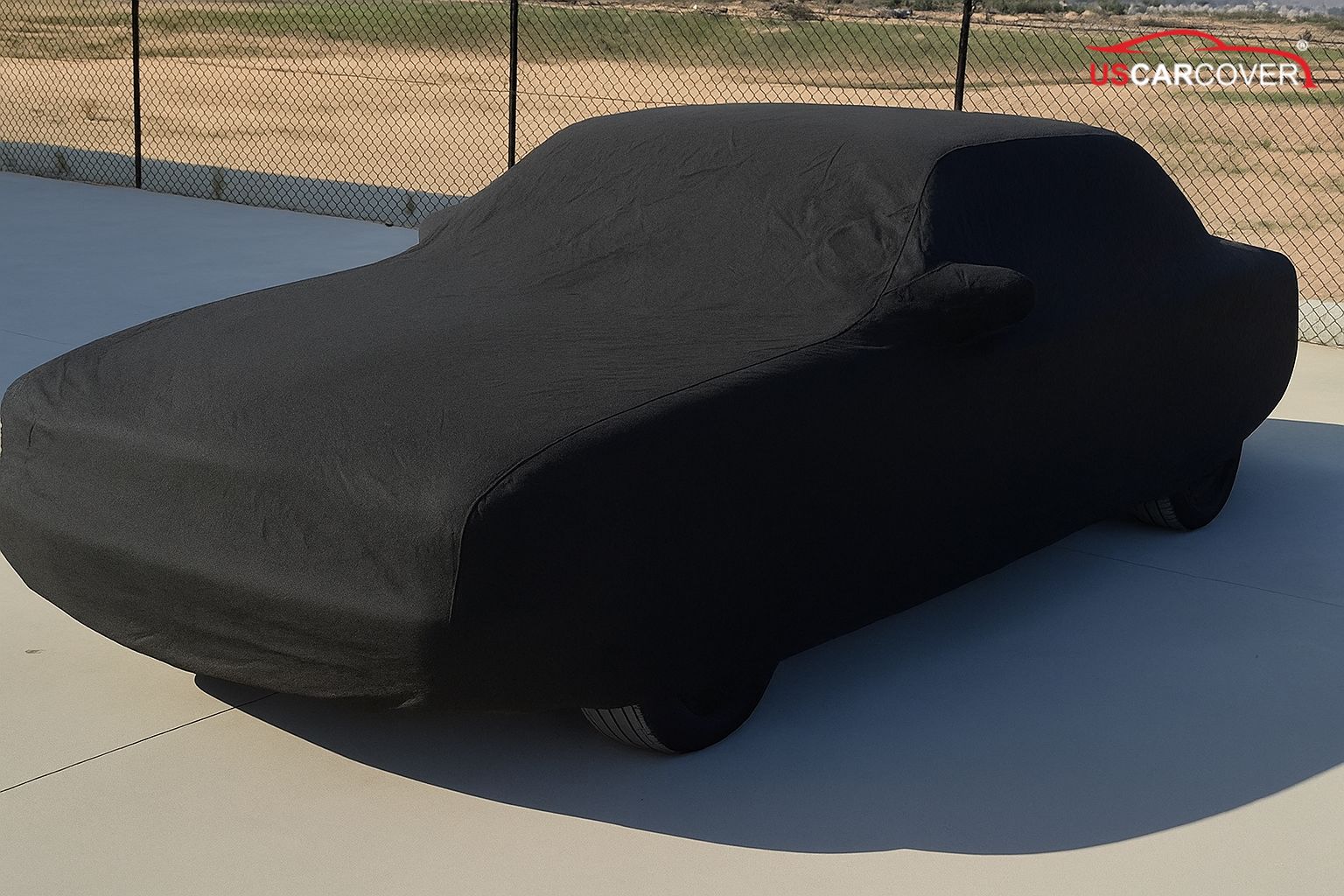
Parking outside or storing a luxury car for weeks or months is a shared worry for many owners. A purpose-built Daimler car cover is the frontline solution that keeps the vehicle dry, clean, and protected from harsh weather. Right from the start, it helps address the pain points every long-term parker knows too well: dew pooled on glass, a faint musty smell in the cabin, water spots on paint, and in the worst cases discoloration on fine wood veneer inside. A Daimler is a high-end automobile with refined leather and wood, which means a high-quality cover matters even more when the car sits for long stretches. This article goes deep into real-world climate patterns across the United States and explains practical choices like breathable, fast-dry fabrics and UV protection so your Daimler looks and smells new when you pull the cover off. You will find step-by-step guidance, regional notes, and field-tested habits that work.
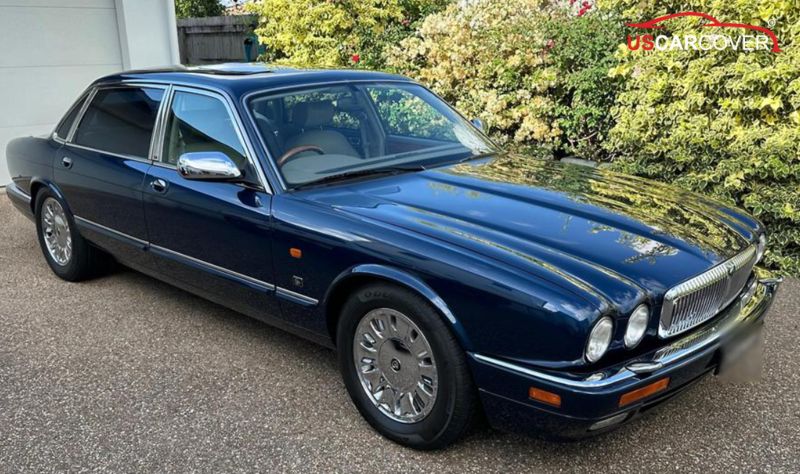
Related Articles: Chrysler car cover - Storm and wind protection: add a physical lock, stabilize form, stop ballooning that scuffs paint
The pains of leaving a car parked for a long time
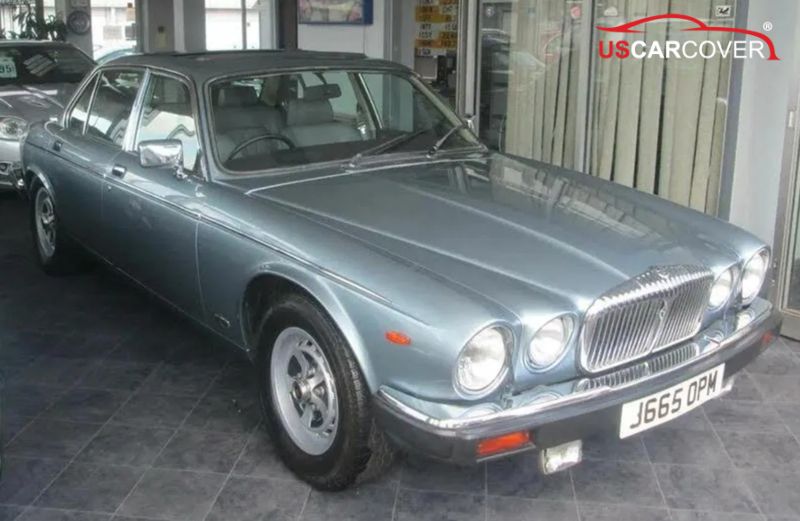
Plenty of Daimler owners have come back after weeks away to find a ring of condensation on the windshield, moisture beading on trim, a stale odor in the cabin, leather looking flat or blotchy, and fine water marks etched into paint or wood trim. In humid Florida, owners have reported mold dusting the steering wheel, dash, and leather seats after long storage, along with a battery that would not crank and tires that took a set from sitting. In the Pacific Northwest, steady rain and high humidity can leave a cool, musty interior, a hazy film on windows, and the first signs of mildew if moisture has lingered in fabrics. Mold grows anywhere moisture persists. Besides smell, it can spot the headliner, stain carpets, and gradually attack interior finishes if left unchecked.
At the other extreme, Arizona’s heat can drive sun-exposed surfaces very high in temperature in summer. Intense UV and heat accelerate paint fade and clearcoat oxidation and dry out leather and wood trim. Harsh sun makes darker paint and interiors particularly vulnerable, raising the risk of chalking, haze, or color shift if the car is left bare for long periods.
Add in the slow grind of outdoor exposure: dust, sap, and bird droppings on the shell; insects and small critters probing for gaps; a battery that self-discharges; tires developing flat spots. For a premium Daimler, neglecting protection during storage opens the door to cosmetic issues and needless repairs.
Bottom line: from Florida’s humidity to the Pacific Northwest’s long wet season to Arizona’s desert sun, a stored car faces real risks. Without smart protection, you get leather and fabric that age fast, veneer that spots or warps, paint that loses depth, and even electrical gremlins sparked by moisture.
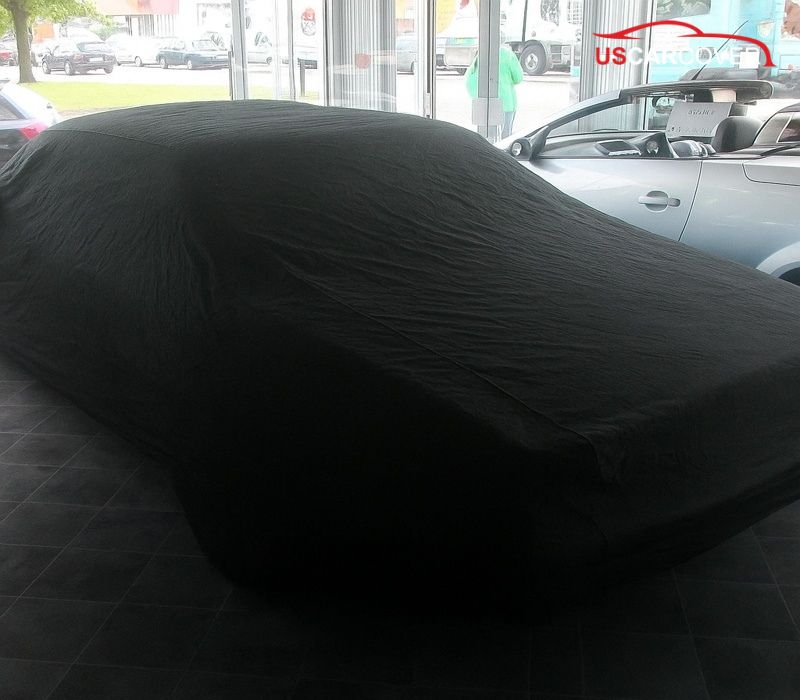
Related Articles: Chevrolet car cover - Reduce “curious touching,” reflective edging for visibility, conceal the interior at night
What makes Daimler special and why it needs premium protection

Whether you keep a modern flagship or a classic saloon, Daimler interiors are known for craftsmanship: fine wood veneer, bright metal accents, and premium leather. These materials are sensitive to both moisture and sun when exposure is prolonged. Classic-car veneers can cup or discolor with abrupt humidity swings. Leather in luxury cabins loses natural oils and can crack if it dries out repeatedly.
Modern Daimler models pack dense electronics, sensors, and high-grade plastics. Those components prefer a dry, stable environment. Persistent dampness risks oxidation and intermittent faults. Exterior brightwork does not enjoy repeated water beading and drying cycles either. Even with robust paint, the car lasts longer and looks better when moisture and UV are managed.
In short, both classic and modern Daimler vehicles are designed to be elegant and precise. Owners expect top-shelf protection to match. A dedicated, well-fitted, multi-feature car cover is not a nice-to-have. It is the logical extension of the brand’s standard of care.
Related Articles: Checker car cover: mold resistant, odor control, quick-dry material that does not trap moisture
Fast drying, no musty odor, no stains: what a proper cover must do
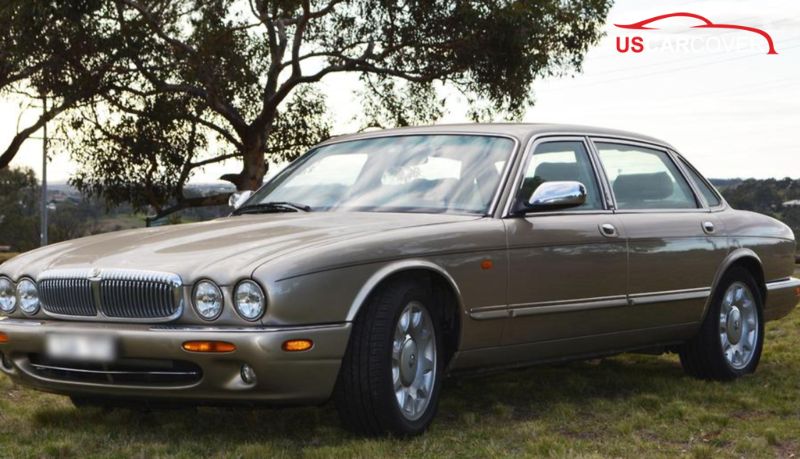
Today’s better covers do more than block rain. They manage moisture. Instead of trapping dampness like a plastic tarp, a quality fabric uses multi-layer construction to shed water yet breathe, allowing humidity to escape. After rain or a heavy dew, a fast-dry, breathable face prevents prolonged wet contact with the body. That reduces the chance of moisture pockets that trigger mildew, stale odors, or spotting on clearcoat and trim.
Breathability is the difference between a cover that simply keeps rain off and one that keeps the car dry overall. When humidity spikes, air exchange through the fabric helps avoid the cold, clammy microclimate where mold thrives. The result is a cabin that stays neutral in smell and a paint surface that is not marinated under a wet film.
Quality covers also protect the surface gently. A soft inner liner cushions on-off handling so you do not grind dust into the finish. It also creates a friendlier interface for sensitive materials like veneer or high-gloss piano black trim. A proper liner plus a stable fit means less micro-friction and fewer rub marks in windy conditions.
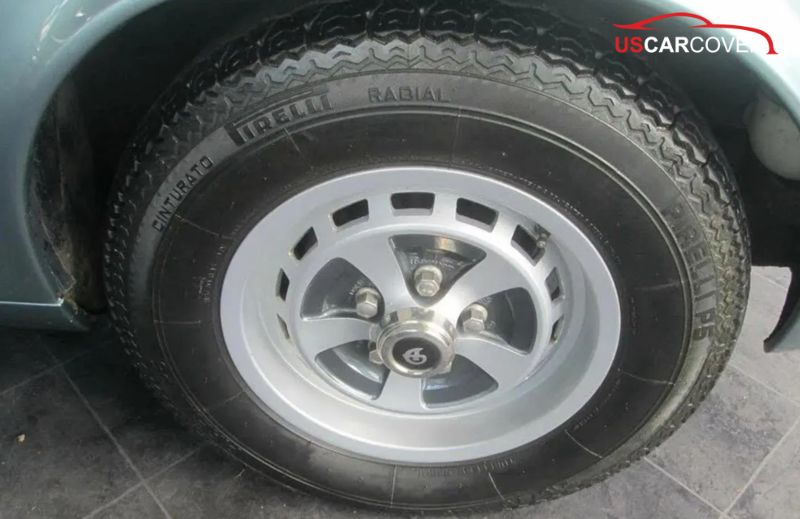
UV defense and heat control matter too. A desert sun can fade paint and dry interior materials. A UV-stable, heat-reflective outer face lowers surface temperatures and slows oxidation. If the cover sheds water quickly and reflects radiant heat, you reduce both sun and moisture stress during long storage.
Takeaway: the triad of fast drying, no musty odor, no staining comes from a fabric that is water-shedding yet breathable, with a soft liner and UV resistance. That is the recipe for keeping a Daimler looking and smelling fresh through long layups.
Related Articles: Cadillac car cover: protect against dust and sand, tree sap, and animals, keep scratches away
Climate-specific risks in the United States
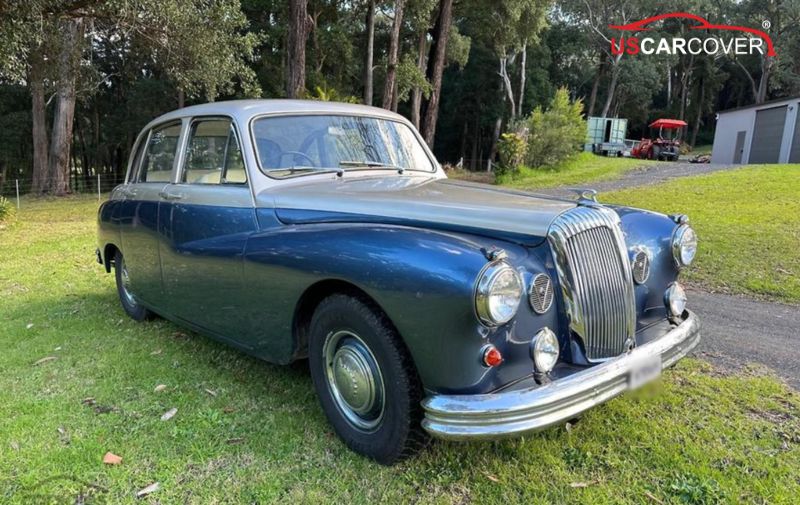
Climate zones across the U.S. pose distinct challenges. Here are three high-impact regions and how a well-chosen cover helps.
- Florida: hot and humid: Summers regularly sit in the 90s with humidity hovering 80 to 90 percent. This is prime mold weather. The only way to stay ahead of it is to keep moisture from lingering in the first place. A breathable cover that dries quickly after overnight dew reduces condensation cycles on glass and trim. Because Florida averages heavy annual rainfall, a water-shedding, ventilated cover that does not trap vapor underneath is essential to cut down mildew risk and musty cabin odor.
- Pacific Northwest: cool, wet, and overcast: Seattle and Portland endure long, steady rain with elevated humidity most of the year. Even in a carport or garage, poorly ventilated spaces can fog glass and dampen fabrics. A breathable cover helps in two ways: it blocks direct rain and airborne mist, and it allows trapped humidity to diffuse outward. Even when parked indoors, a good cover reduces ambient dust sticking to damp surfaces and helps interiors stay drier and fresher.
- Arizona: desert dry and very hot: Summer highs often sit at or above 100°F, and sun exposure can push surface temperatures much higher. A cover here must emphasize UV defense and heat reflection. That reduces heat load on paint and interior parts. Mornings can still bring dew, so breathability matters in the desert too. A quick-drying, ventilated build prevents a dew film from lingering under the cover. With the right fabric, you see less fade, less chalking, and calmer cabin conditions after weeks of sitting.
Other regions bring their own twists. Northern areas see snow and occasional small hail. Multi-layer covers can soften light impacts while still managing moisture. The theme remains the same: match your cover’s strengths to your climate to make long storage uneventful.
Related Articles: Buick car cover: Prevent snow and ice buildup and minimize small hail damage
Long-term storage with a cover: practical solutions and pro tips
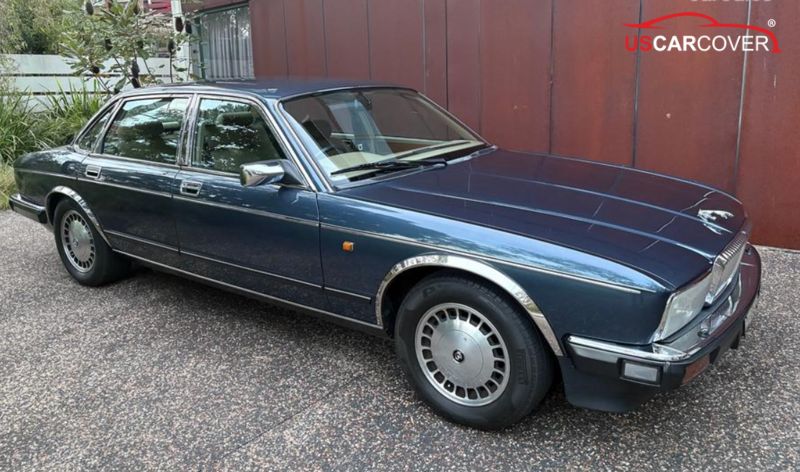
Long storage goes smoother when you stack several simple habits. Here is the framework many technicians use, with the moisture-smart cover at the center:
Clean before you store: Wash and dry thoroughly before covering. Residual wash water or rain trapped under a cover is a mold invitation. Let the car air-dry fully in open shade or a ventilated garage. Starting dry lets a fast-drying fabric stay dry, rather than rewetting from underneath.
Use a Daimler-specific, breathable cover: Choose a model-specific fit that captures mirrors and body lines and reaches down to the sills. Look for an outer face that sheds water yet a body that breathes so vapor can escape. Skip thin plastic tarps that lock moisture. Select a multi-layer, UV-stable design with a soft liner for the finish.
Mind the storage environment: If possible, park under a roof or in a garage. Even indoors, stagnant air can keep humidity high. If parking outside cannot be avoided, the cover becomes the only barrier that matters. If you have a garage, you can crack a window slightly for air exchange or run a fan or mild dehumidification to lower ambient moisture.
Add interior moisture ccontrol: Place desiccant packs or a small dehumidifier inside to keep relative humidity in check, especially in humid states. Replace or recharge desiccant regularly during long layups. A dry cabin is far less likely to develop a stale odor.
Related Articles: Bugatti car cover: Protection for Event Days and When Transporting by Trailer
Q&A
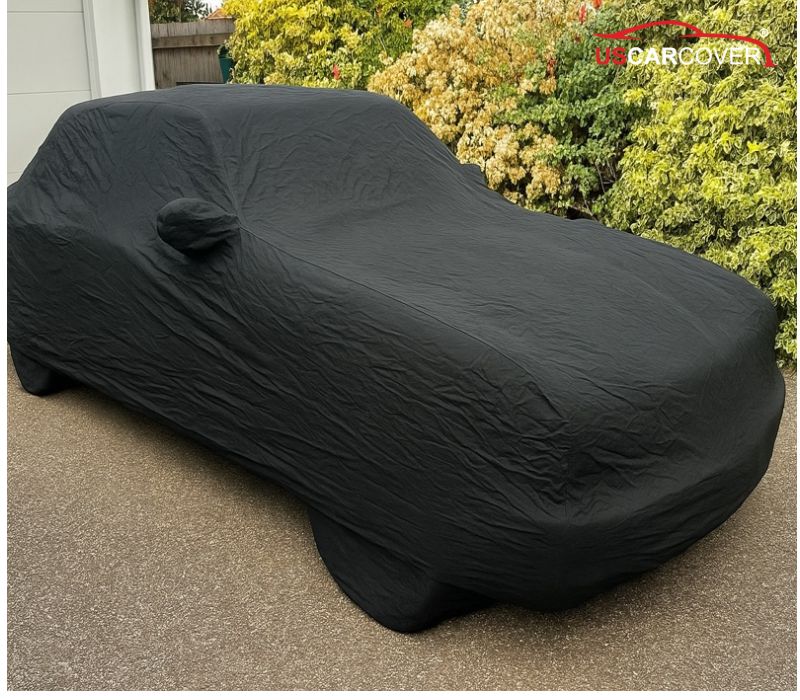
Why is a cover so important for a Daimler in long storage:
-A Daimler mixes fine materials and complex electronics. Moisture and UV are the main enemies in storage. A dedicated cover blocks rain and sun while allowing humidity to escape. That keeps cabin materials dry, reduces mildew risk, and eases stress on paint and trim. It is far easier to prevent moisture buildup than to remove mold later.
What do “quick drying, no odor, no veneer staining” really mean:
-Quick drying means the fabric sheds water and returns to dry quickly so damp contact does not linger on paint or trim. No odor means the cover does not trap humid air long enough for a musty smell to develop inside. No veneer staining means sensitive wood and interior finishes are shielded from moisture that could blotch or discolor them. The combination comes from a water-shedding yet breathable construction and a soft inner liner that protects the finish.
How should I choose a cover for long-term storage:
-Select a model-specific, breathable cover for your Daimler made from multi-layer fabric: a UV and water-shedding outer face, a breathable core, and a very soft inner liner. Avoid simple plastic tarps that trap moisture. The right cover should be easy to fit, secure in wind with gentle straps, and simple to clean and dry.
